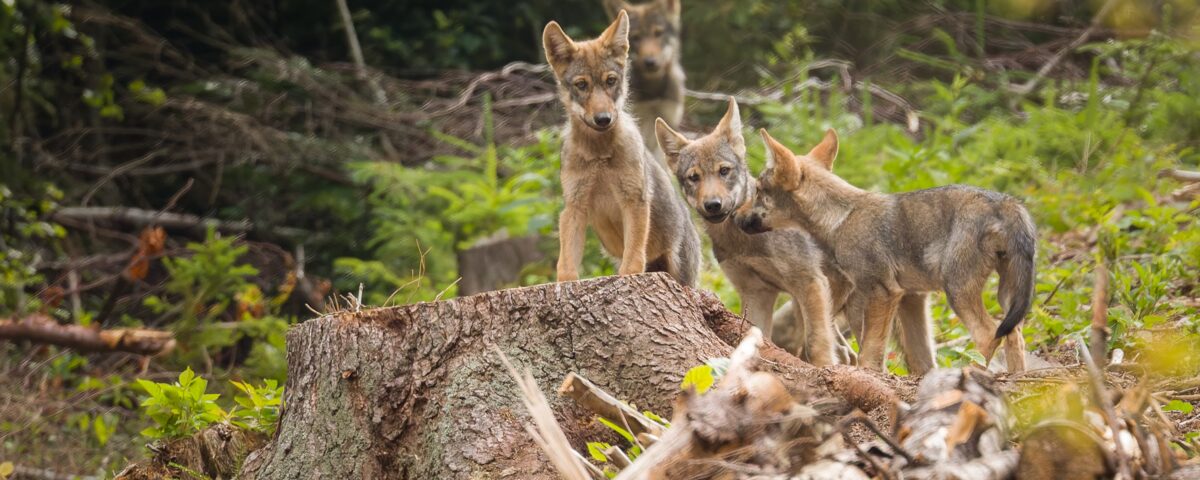Support for coexistence and protection of large carnivores in the Carpathians

During three years, the State Nature Conservancy of the Slovak Republic (ŠOP SR) will be part of a large international and multidisciplinary team consisting of twelve project partners and twelve associate partners from seven countries. ŠOP SR has an important position in this project, because it is responsible for protected areas in all areas of Slovakia where pilot activities will take place, therefore it participates in all four pilot areas. This means that it has one of the highest budgets within the project.
About Project:
The Carpathians are home to numerous populations of wild lynx, wolves and bears. Large carnivores are therefore key components of the forest ecosystems in the Carpathians, a region with one of the largest native populations of lynx, wolves and bears in Europe. However, it is not clear whether the populations in question are stable or increasing, as data are not collected in a harmonized way across borders. In recent years, the number of conflicts between large carnivores and humans has increased, but it is not clearly known whether this could be due to a possible growing population. The LECA project therefore represents a consistent and effective monitoring approach involving local stakeholders, such as hunters, farmers, municipalities and state institutions, which should lead to obtaining up-to-date information on Carpathian large carnivore populations and defining effective measures to prevent conflicts between large carnivores beasts and men.
4 pilot areas were defined in the project:
Beskydy-Kysuce
Tatras
Eastern Carpathians
Slovak Karst – North HU Mts
and two reference areas:
Slovenia
Romania
Project goal:
The main goal of the LECA project is the establishment of cross-border cooperation in the protection and management of large animals in the Carpathian countries. The result of the project is the provision of effective measures within important topics such as the harmonization of international monitoring of large animals, the prevention of poaching and the prevention of conflicts between animals and people.
You can find more information about the project on the website of ŠOP SR at this link.
